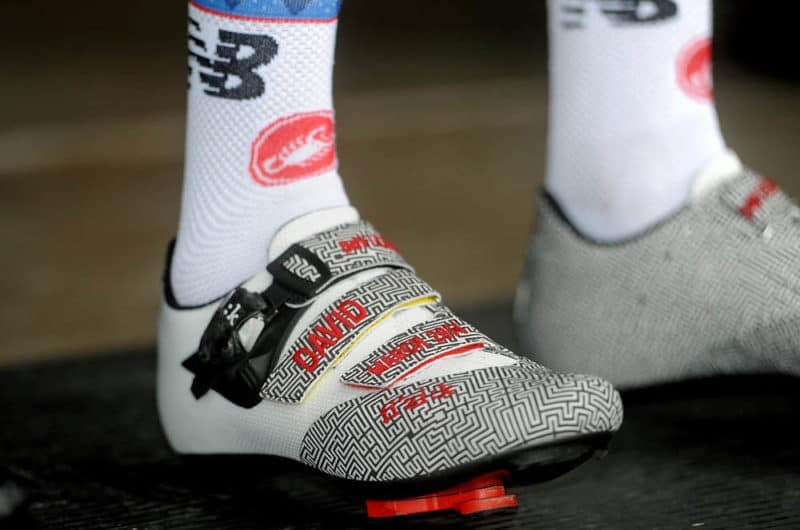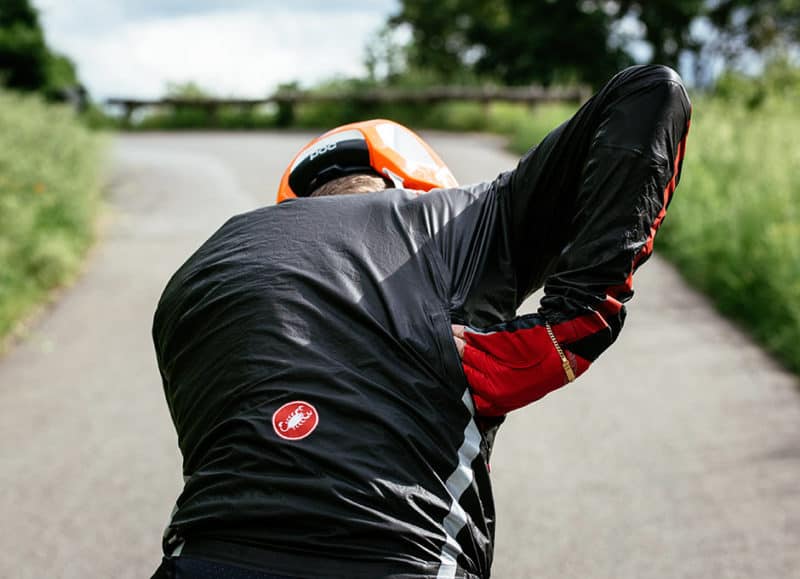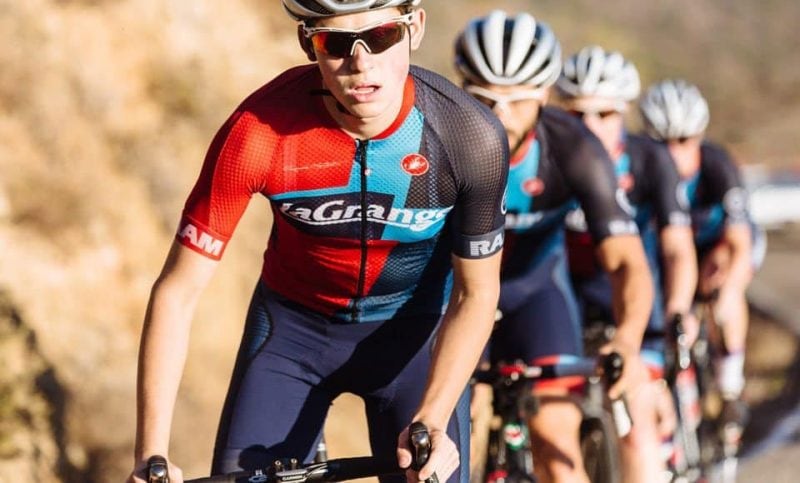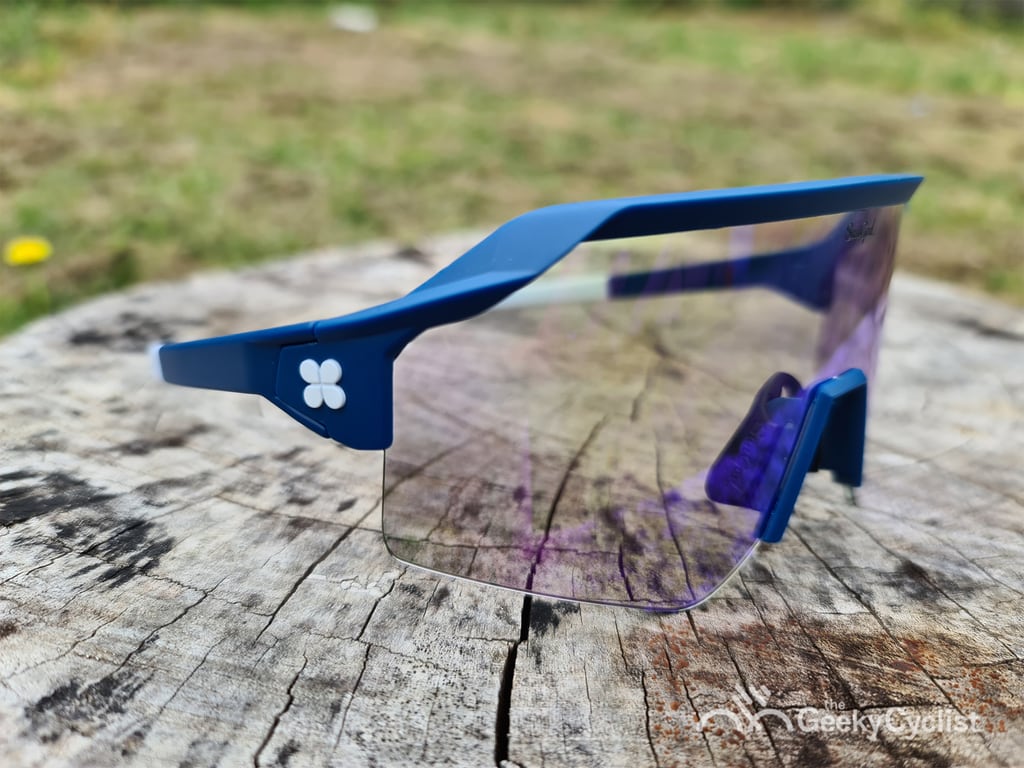What are the Alternatives to Altitude Training?
Pros ride for a living, so jetting off for a few weeks of altitude training is in their job description. Many of the rest of us would love to take advantage of the same benefits of training at elevation, but work, family, geographical and financial factors can get in the way.
Enter science and technology, two sectors that have come together to make your plans of living high and training low a reality. However, I’m not quite sure that the food, views from your room, or the smell of the air will be the same. Nothing beats the real thing, physiologically as well.
Three principle methods exist to mimic being at elevation while living at sea-level (or under 2,100 m), altitude tents, chambers, and masks. While there is contention about the effectiveness of the three different approaches, they do share potential negative outcomes. It’s essential to supervise athletes’ heart rate, mood, sleep pattern, and performance.
Altitude Tents
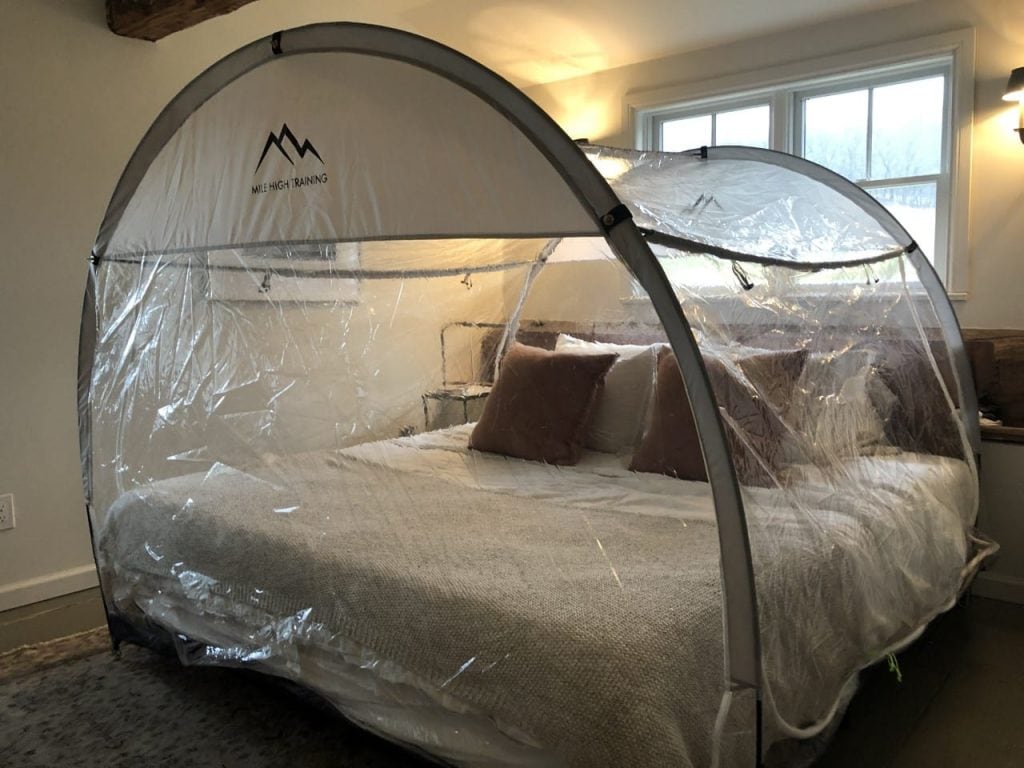
An altitude tent recreates a hypobaric hypoxia environment as you sleep. Hypobaric hypoxia is the official term, but in less formal words, the air inside the tent has the same effective oxygen percentage as being at sea level, but the air is thinner, making oxygen less plentiful inside.
The tent imitates altitude by replacing some of the oxygen inside the tent with nitrogen via an external device. And as a result, you breathe fewer oxygen molecules.
Sleeping in a tent is better than nothing, but experts argue that an athlete would need to spend 12 hours a day in the tent for three weeks or more to replicate one normal week at true altitude. However many elite and Olympic athletes profess their positive performance gains such as Victor Campenaerts.
Altitude Chambers
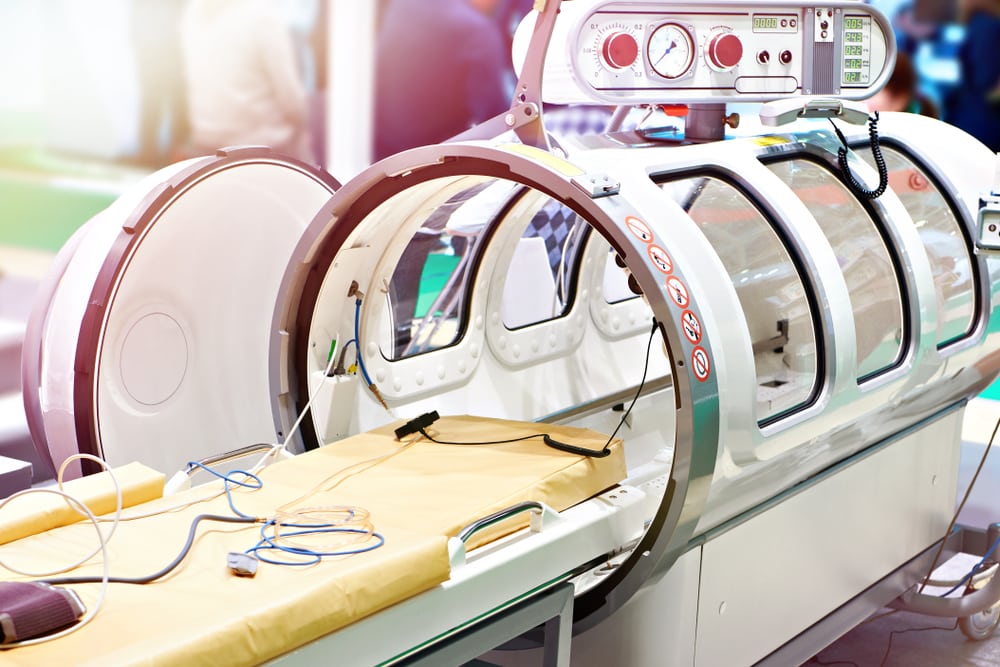
Also known as a hypoxic chamber, altitude chambers are commonly reserved for scientific and aerospace research and training. Subjects first breathe pure oxygen via masks to rid their system of nitrogen.
Atmospheric pressure is then lowered inside to replicate high-altitude conditions before the masks are removed. Air-tight chambers of this type best replicate high-altitude conditions.
The use of altitude chambers is not met without controversy as they are often associated with an artificial means of enhancing athletic performance. Some compare them to blood doping and label them as an unfair advantage as they stimulate the production of EPO and red blood cells.
In recent years, Matthew van der Poel and Team Lotto Soudal were known for using altitude chambers as a substitute to going high altitude.
Altitude Masks
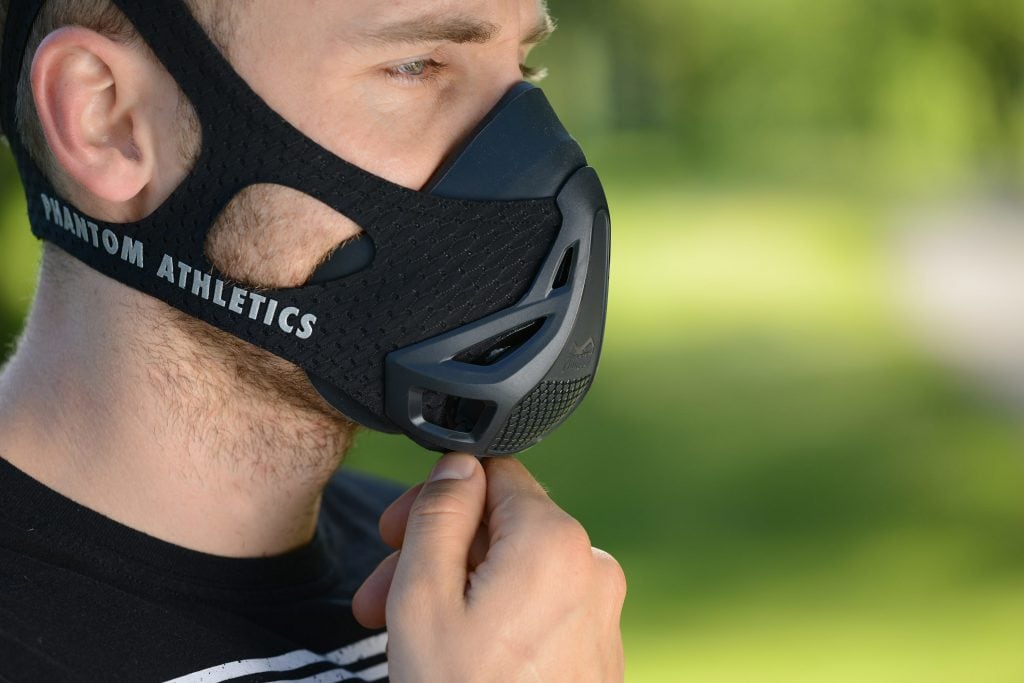
Most experts agree that a high-altitude mask (also known as an elevation mask) is the least effective of the three modalities. As opposed to the other two that work while you sleep, the mask has to be worn during exercise.
Exercising at an intense level is challenging enough, but training with a mask apparatus would be, in my humble opinion, too cumbersome.
In fact, the mask doesn’t replicate altitude at all, it decreases airflow to the lungs, which forces the athlete to work harder to breathe. Some say this mimics being at altitude, but it’s doubtful as the pressure of oxygen is not decreased in any way, just restricted. Obstructed breathing doesn’t encourage the creation of red blood cells.
Author Recommended Reads

